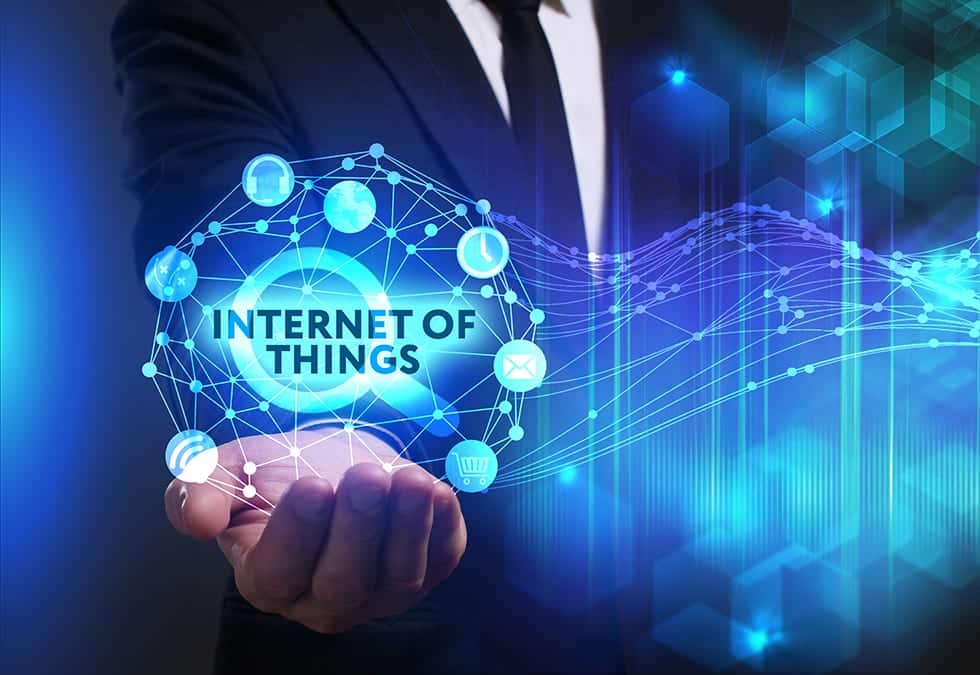When the Internet was first created, it seemed to be an interesting technology that would allow collaboration between academicians. Even those who had greater vision and imagined it opening up wider avenues of communications never foresaw the development and utilization of the World Wide Web, email, texting, social media, and apps at the magnitude or in the ways they are being employed today. The Internet of Things (IoT) is continually expanding as new ways of connecting people with each other and their cars, homes, appliances, etc. are regularly introduced. These developments are not limited to personal and retail-based interactions. Manufacturing is also realizing the benefits of advances in digital technologies with the development of the Industrial Internet of Things (IIoT).
As with the introduction of any other major, disruptive technology, becoming a digital enterprise requires fundamental transformation, including changes in operational strategy and organization culture, according to PwC. Those that take the plunge, however, will be market leaders, while those that hesitate will risk falling behind and facing an uphill battle to stay in the future business race.
Deloitte refers to this next phase of manufacturing as Industry 4.0 and suggests that it reflects a “new industrial revolution that marries advanced manufacturing techniques with the Internet of Things to create a digital manufacturing enterprise that is not only interconnected, but communicates, analyzes, and uses information to drive further intelligent action back in the physical world.”1 Connected, smart technologies are providing manufacturers with the opportunity to capture a new type of value.
The IIoT market could reach $225 billion by 2020.
According to GE, the company coined the term Industrial Internet in late 2012. It believes the value of the IIoT market could reach $225 billion by 2020. GE is also a founding member of the Industrial Internet Consortium, which was formed to “accelerate the development, adoption, and widespread use of interconnected machines and devices, intelligent analytics, and people at work.” 1
The IIoT, as defined by GE, is “a multitude of devices connected by communications technologies that results in systems that can monitor, collect, exchange, analyze, and deliver valuable new insights … [that] can then help drive smarter, faster business decisions for industrial companies.” 1 By combining machine-to-machine (M2M) communication, industrial big data analytics, technology, cyber security, and HMI [human–machine interface] and SCADA [supervisory control and data acquisition], the IIoT is driving unprecedented levels of efficiency, productivity, and performance, according to the company. Manufacturers that are taking steps to leverage the IIoT are, as a result, realizing “transformative operational and financial benefits.”
GE created its GE Digital business as a result of its belief in the significant potential of the IIoT. The company has also predicted that the IIoT can benefit as much as 46% of the global economy overall, 100% of energy production, and 44% of global energy consumption.
In the paint and coatings industry, digital technology is changing the way manufacturing operations are implemented. Advanced sensor technologies are being combined with state-of-the-art automation systems to allow for high levels of automation and control that lead to more consistent processes and higher product quality. The generated data is also being used to analyze process performance and identify potential problems before they lead to major issues. Connection of process information with enterprise resource planning (ERP) systems allows for improved scheduling, and thus better capacity utilization and increased on-time delivery. The IIoT is also benefiting maintenance activities in a similar manner, with sensors allowing the identification and repair of, for instance, areas of corrosion before they lead to significant damage, which in turn results in reduced downtime and improved production efficiency. The opportunities seem to be endless.
A relatively new concept is the digital twin, “an evolving digital profile of the historical and current behavior of a physical object or process that helps optimize business performance.” 2 Digital twins model complicated machinery and processes, including their interactions with the environment, to predict behavior and outcomes over full lifecycles. They are more than computer-aided designs (CADs) because they contain real-time links between the physical and digital world throughout the development and commercialization cycles. As a result, manufacturers can more rapidly predict both problems and promising results and, therefore, more rapidly design and build improved products using enhanced processes. According to Deloitte, the digital twin of the manufacturing process appears to offer an especially powerful and compelling application. Thousands of sensors provide a continual stream of real-time data to the digital twin that is analyzed in near-real-time to evaluate process performance and product characteristics and identify undesirable trends. Information generated by digital twins has the potential to “drive tangible value for companies, create new revenue streams, and help them answer key strategic questions.” 2
References
- GE Digital, “Everything you need to know about the Industrial Internet of Things,” https://www.ge.com/digital/blog/everything-you-need-know-about-industrial-internet-things, accessed July 27, 2017.
- Parrott, A. and Warshaw, L., “Industry 4.0 and the digital twin Manufacturing meets its match,” May 12, 2017, https://dupress.deloitte.com/dup-us-en/focus/industry-4-0/digital-twin-technology-smart-factory.html, accessed July 27, 2017.
